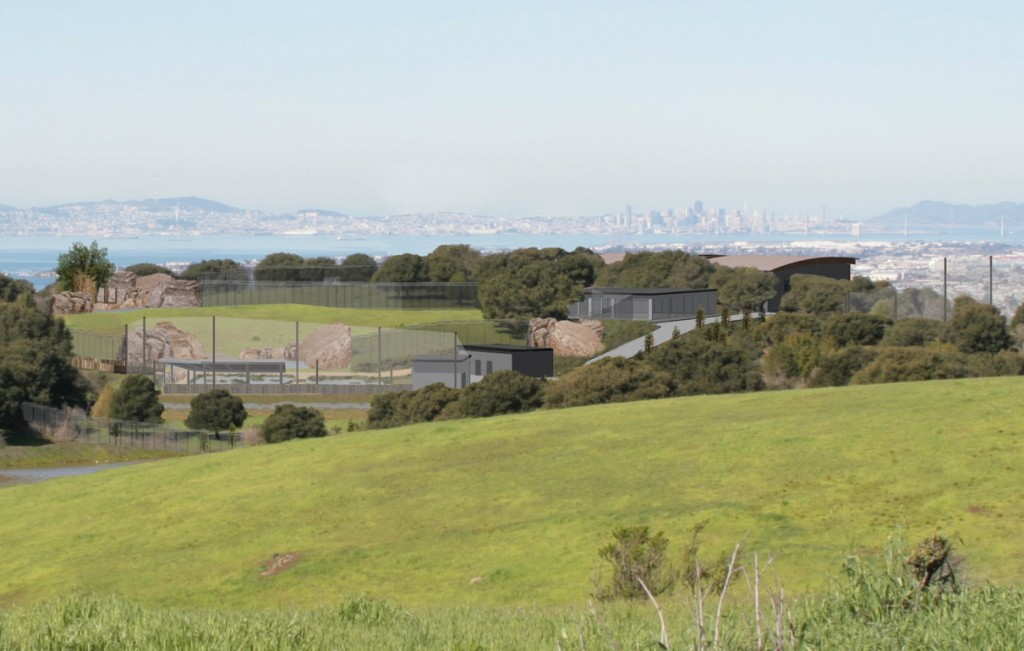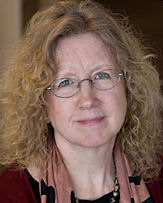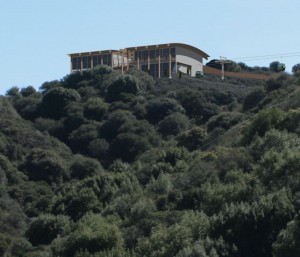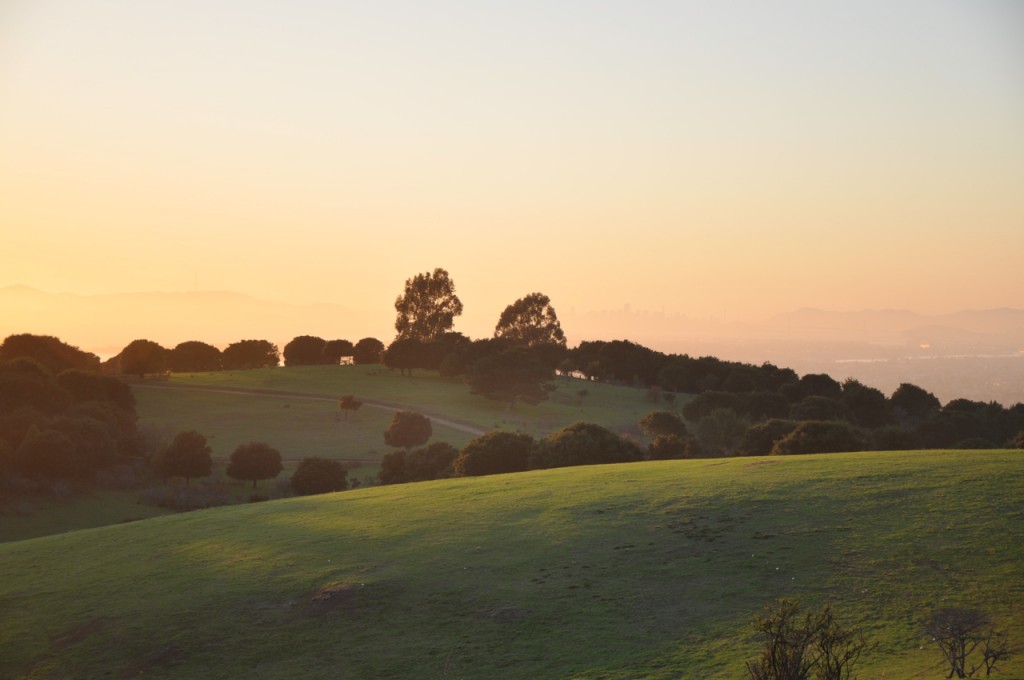And Couldn’t They Be Someplace Else?
The Oakland Zoo’s development plans for Knowland Park include offices—yes, offices– in the 34,000 square foot, 3 story central gondola terminal building, which is planned to also include a restaurant and gift shop. The whole thing will be perched atop the most sensitive and pristine area of the park, a ridge where the threatened Alameda whipsnake was trapped in surveys, where a statewide rare plant community of chaparral provides cover and habitat for many kinds of animals, and where scat from large predators is regularly found. Why, you might ask yourself, would a “conservation”-minded organization decide to build a huge structure in that particular location, rather than looking for a site closer to the existing Zoo or on already-disturbed land?
Two words: The views. Undoubtedly, someone in the executive leadership would perhaps like to put his feet up on his desk and gaze out at the Bay, and bring big donors there to be impressed with the Zoo’s achievements while sipping wine and discussing future plans. Who wouldn’t like that? But not all of us would choose to do it at the expense of native plants and animals and have the nerve to call it “conservation.”

The Zoo's published concept of the western ridgetop as it will be if their planned development takes place.
There are other sites where a visitor center could be located, including other sites with expansive views and gondola accessibility, that would have much less impact on the park’s existing native plants and animals. In fact, the previous expansion plan sited the smaller and office-free visitor center on one such site, an area of already-disturbed land that overlooks the whole Bay. But hubris triumphed over authentic concern for natural resources in the Zoo’s ever-expanding “manifest destiny” vision, and the center building grew and grew like a bathroom remodel that became a grotesque MacMansion.
The Oakland Zoo, over the past two decades, has improved its care of captive animals and raised its profile. The Zoo has rightfully received kudos for this work. But must the payoff for these efforts come at the expense of Knowland Park and its rich biodiversity?
Surely some other way can be found to offer Zoo visitors and executives a wonderful experience that does not require destroying precious habitat—the key to sustaining biodiversity in the Bay Area.
 Ruth Malone is a resident of Oakland since 1983, a founding member and co-chair of Friends of Knowland Park and a longtime Oakland neighborhood activist. Since 2007, she has been working to educate and organize environmentalists, park users, and community members to protect the park. In her day job, she is a professor of nursing and health policy at University of California, San Francisco, where she helps students study the links between health and political, social and natural environments, and conducts research on the tobacco industry and its efforts to thwart public health efforts worldwide.
Ruth Malone is a resident of Oakland since 1983, a founding member and co-chair of Friends of Knowland Park and a longtime Oakland neighborhood activist. Since 2007, she has been working to educate and organize environmentalists, park users, and community members to protect the park. In her day job, she is a professor of nursing and health policy at University of California, San Francisco, where she helps students study the links between health and political, social and natural environments, and conducts research on the tobacco industry and its efforts to thwart public health efforts worldwide.
Ruth Malone’s Reflections Blog offers a combination of reflective essays and updates from the Protect Knowland Park Campaign, linking the fight to protect Knowland Park to broader environmental and ethical issues.


 Follow
Follow








Comments are closed.